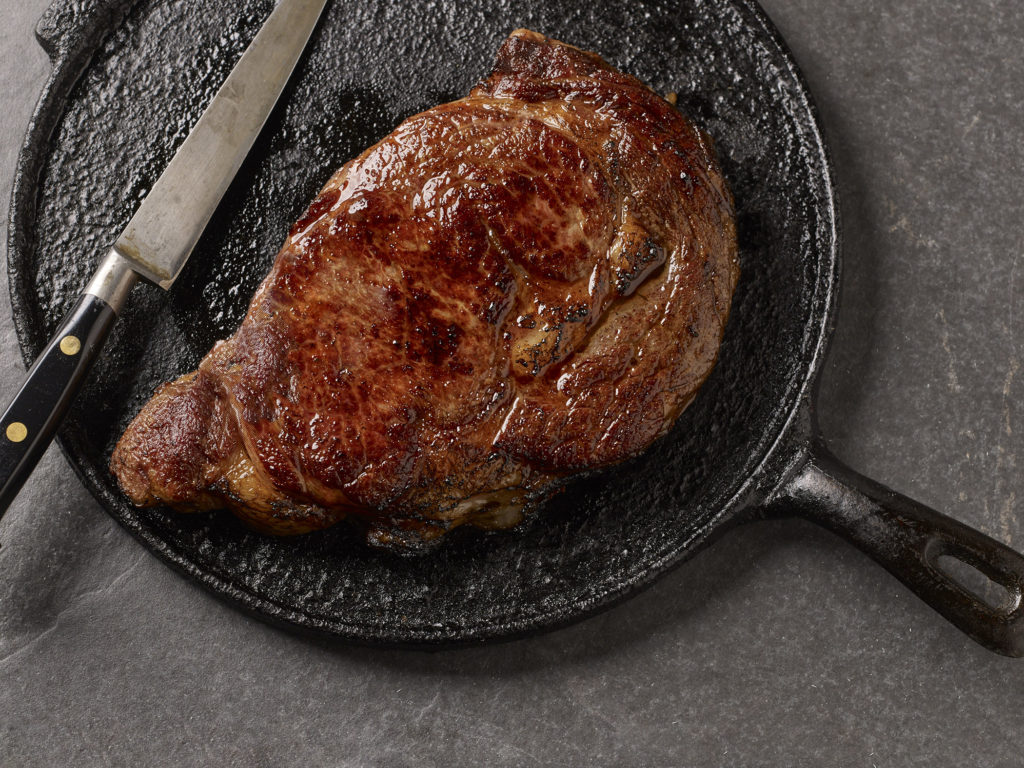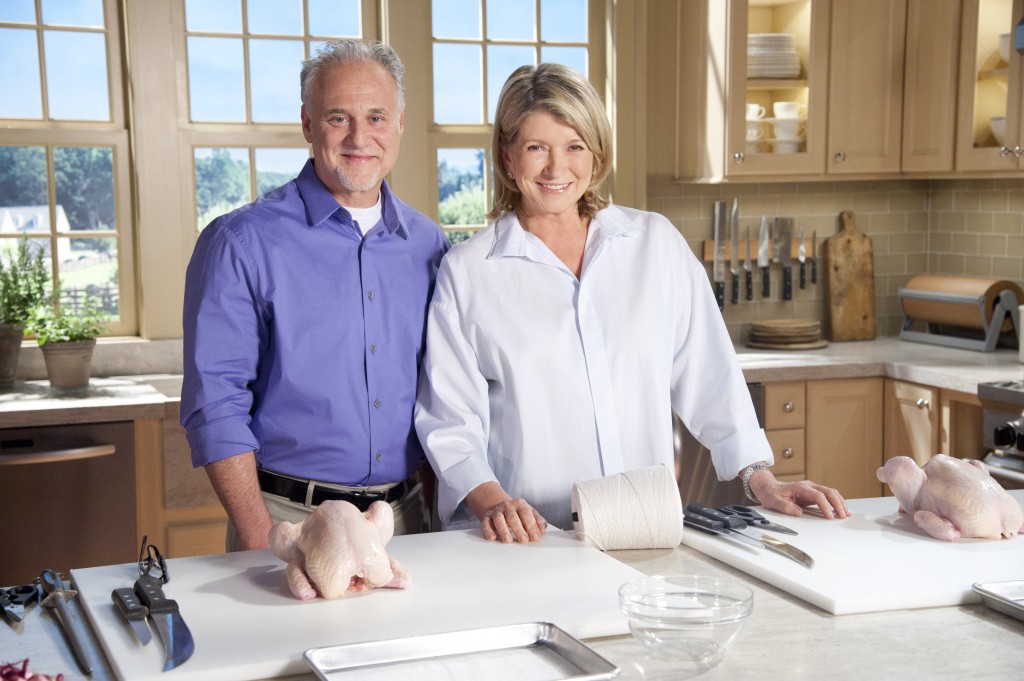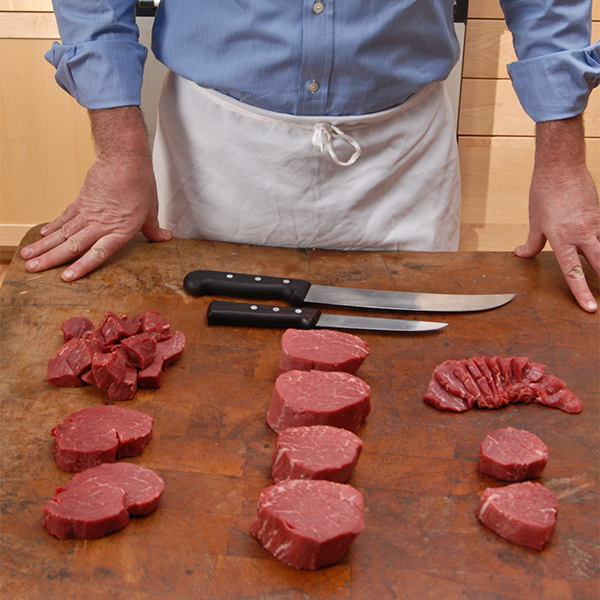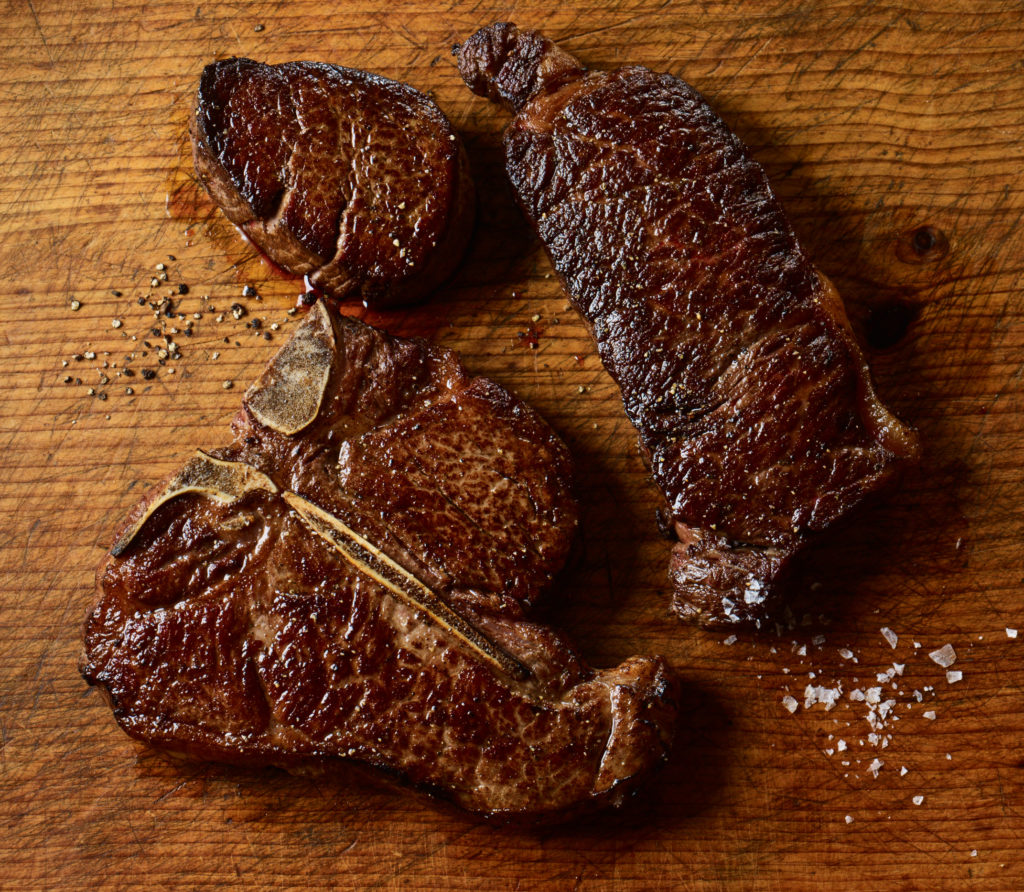If you are a fan of Lobel’s world-class meats, you probably already know that with food critic after food critic and in taste test after taste test Lobel’s products land at the top of the heap with superlative reviews, scoring the highest marks.
And, if that’s something you didn’t know, it is something you should know when you buy the very best—freshest and finest—meats that money can buy.
But what makes Lobel’s so good?

Practice Makes Perfect
First and foremost: practice makes perfect, as they say.
As of 2017, the Lobel’s have been in the meat business for 177 years. From the mountain country of central Austria in the 1840s to the fashionably elite environs of New York City’s posh Upper East Side for the past 60 years to the high-tech, high-speed sales of Internet retailing since 2000, five generations of Lobels have plied their trade with the highest standards for products and customer service as their unshakable foundation.
This tenacious commitment has elevated the family stature to be recognized as world-class master butchers whose voice of authority, knowledge, and opinions are sought after by media ranging from local to international.

Evan Lobel & Martha Stewart
Photo credit: Rob Tannenbaum/MSLO
The Absolute Best
Regardless of the product you purchase from the Lobels, you are guaranteed a peak dining experience. And that begins with product specifications that are second to none.
Product selection is one of the cornerstones of the Lobel legacy. The family is best known for the USDA Prime beef that they nurture into a taste experience that is transforming. Once you taste a Lobel’s dry-aged steak, you will never look at or taste other meats the same. It makes an indelible impression from the very first bite.
USDA Prime beef comprises only 2% of all beef produced in the U.S. And, until the Lobels started selling beef in their Madison Avenue shop, prime-graded beef was out of reach for most consumers. Instead, USDA Prime was reserved for exclusive white-linen restaurants, fine hotels, and other facets of the food trade.
Prime beef is distinguished from two other USDA consumer grades of beef: Choice and Select, which account for about 70−80% of all beef produced in this country. According to the USDA, Prime beef is laced with abundant marbling, the intramuscular fat that plays a huge role in the beef’s juiciness, tenderness, and flavor. Choice has moderate marbling and Select has slight marbling, as defined by the USDA.
Back in the day when the Lobels opened their Madison Avenue butcher shop, they had an iconoclastic approach to selling beef. They would select the very best of Prime beef, dry age it the old fashioned way, and sell only to consumers, not restaurants or other food-service businesses. In that regard, the Lobels championed the consumer’s right to have access to the finest beef money could buy, without having to pay high-end restaurant prices for it.
From the meager 2% that Prime beef represents, the Lobels choose only the top 2% of that category. Simply put: This is the pinnacle of beef, absolutely nothing better, and nothing else can compare.

Dry-Aging: Tasting is Believing
But the story of the Lobel’s reputation for uncompromising quality doesn’t end there. In fact, it begins there.
The Lobels are expert at taking the best and making it even better. The reason that nothing else tastes like a Lobel’s steak is dry aging, an age-old process that began as a way to preserve meat long before the advent of refrigeration.
As practiced by the Lobels today, dry aging is less about preservation and more about creating a peak dining experience with flavor, tenderness, and juiciness that has to be tasted to be believed.
With such a masterful approach to creating the ultimate experience, the Lobels have a patent on the specifications of a dry-aging room that maintains the delicate balance of humidity, temperature, and air circulation.
Whole bone-in primals of beef, a single muscle group, are put on racks in the dry-aging room for up to 6 weeks. During that time, the beef loses 25−30% of its moisture content and physically shrinks in the process. Eliminating this moisture concentrates the flavor of the beef to a buttery, nutty richness that is unmistakable.
Also, during that time, natural enzymes within the beef begin to breakdown the muscle fibers to render it so tender you can cut it with a fork.
In order to dry age beef, it has to be on the bone and have sufficient fat cover. Another process that is used for aging beef is known as wet aging, in which the primals are vacuum-sealed and left for several weeks. While wet aging enhances tenderness because of the action of the natural enzymes, it doesn’t do the same job to maximize the intense flavor that only dry aging can impart.

Service with a Smile
Just as dry-aging is an old-fashioned process to bring out the best in beef, the Lobels also take an old-fashioned approach to customer service.
From behind the counter at their Madison Avenue butcher shop, the Lobels are always eager to show you what’s fresh and help you select the right product whether you want something for an intimate dinner or a gala event for many. Eye-to-eye contact while they process your order, a smile, a one-liner, a story, an amusing aside. From the butcher’s hand to your hand, there aren’t that many places nowadays that demonstrate their overriding concern for customer satisfaction.
And even in the cyberspace of Internet retailing, the Lobels see to it that every customer has the information they need and that every concern is addressed to ensure that every transaction with the Lobels is satisfying and memorable.

Stanley Lobel
Have you ever visited the Lobel’s shop on Madison Ave? Met one of the Lobels? Have you ever seen the inside of a dry-aging room?



Leave Your Response